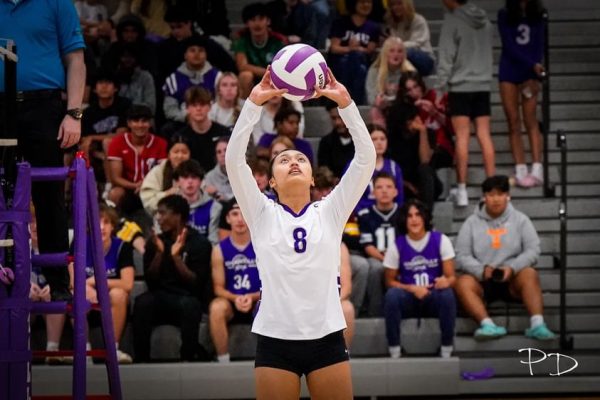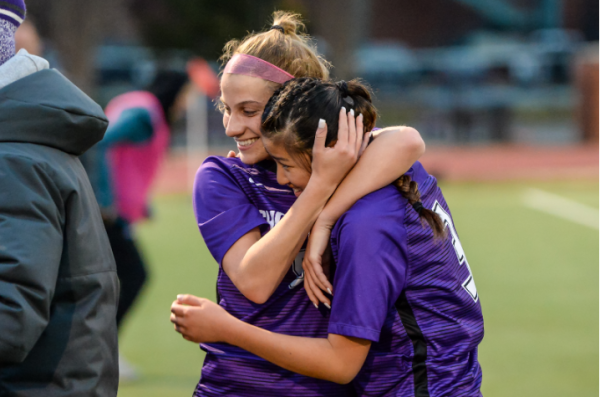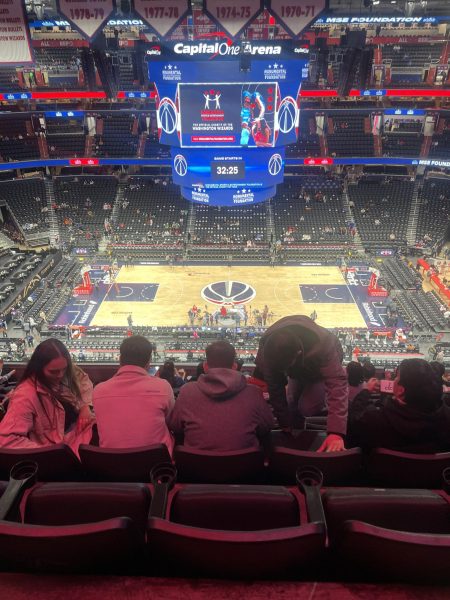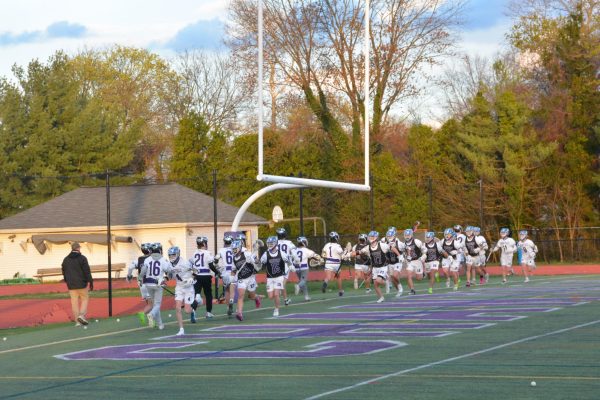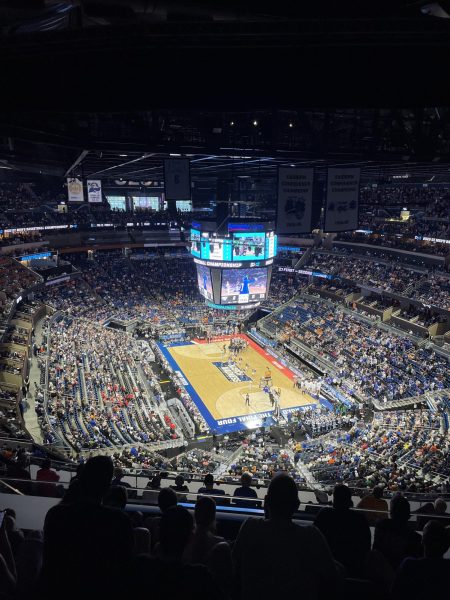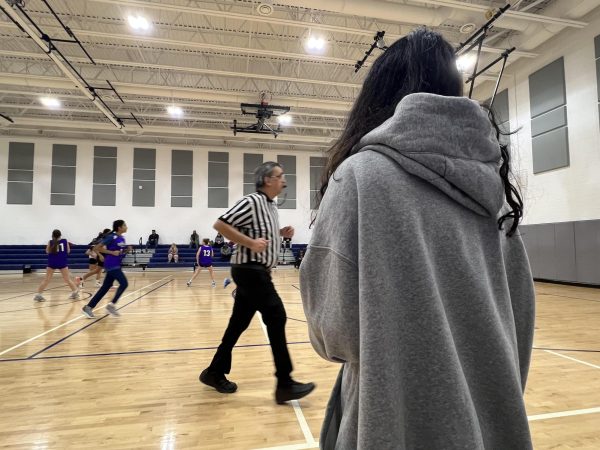ATSAs: the backbone of athletes’ success
Athletic student trainers lend a hand to athletes
November 25, 2019
As a football player goes down during a game, everyone stops in their tracks, but the Athletic Training Student Aides (ATSAs) know it’s their time to rush onto the field and perform the job they were trained to do. Each year, a handful of seniors and juniors are chosen to become ATSAs, ensuring sports teams are having their medical and health needs met by performing tasks such as getting athletes water or stretching them after injuries. They assist the certified athletic trainers during games and practices and frequently administer simple treatments to players.
“Whether it’s stretching or instruction on different flexibility techniques or even treatment setup like electric stimulation, cold compressions, the ATSAs are responsible for setting that up,” certified athletic trainer Kevin Boss said. “That’s something that we would have to do as the professionals.”
The student trainers help athletes both on an off the field, helping to ensure that the athletes can perform at their best for every practice and game.
“There were times after games where I dealt with ankle and shoulder injuries,” senior and football player Eric Kwon said. “Luckily, the ATSAs were extremely helpful to allow me to be prepared for the next game.”
Although many people see student trainers on the sidelines at games, they may not realize that the job is much more extensive than retrieving water bottles.
“Typically, we come in right after school and start to prepare coolers for football,” senior and ATSA Kyle Beene said. “We work on treating any athletes who trickle in needing heat, stretching, ice or therapy.”
The job of an ATSA is very demanding, requiring them to work every day after school to provide the sports teams with athletic training. In addition to their commitment during the school year, ATSAs attended each football practice in the summer to keep the athletes hydrated and healthy.
“Before school started, we were in the training room and out at football practice from about seven to two,” senior and ATSA Kylie Nagel said.
Despite the long hours, the ATSAs enjoy the opportunity to obtain experience for their future careers in the medical field. As well as in-school participation, the student trainers also travel to sports tournaments and away games to lend a helping hand.
“The most interesting experience I had as an ATSA was definitely last year when I was athletic training at the big JoeV [Joe Verciglio Memorial] wrestling tournament, and having to deal with the injured athletes in very little time,” Nagel said.
Before they can begin applying treatments such as cupping and heat, which helps with injuries such as shin splints, potential aides must first go through a training process that prepares them for the work.
“The training is taking Mr. Boss’ sports medicine class,” Nagel said. “You have to be fully committed and attentive.”
On top of taking sports medicine and preparing for the procedures, aspiring student trainers must also submit an application and answer questions about the position.
“We have them come in for an interview in the late summer,” Boss said. “From that interview process, we determine who would be a good fit for the program.”
Having student trainers allows the professionals time to work on more complicated tasks and gives students hands-on experience. These students also enjoy their jobs as ATSAs because they work through the tough learning experiences together.
“Being an ATSA is really helpful toward what I want to be in the future,” Nagel said. “I like interacting with other student athletes and forming bonds with the little ATSA family we have.”






